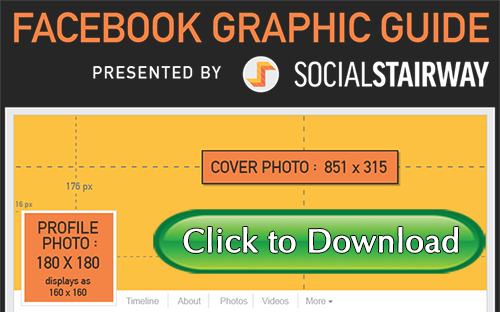Should You Use Emojis And Emoticons at Work?


Don't Miss An Episode, Subscribe Now

Do you ever receive business emails containing emojis or emoticons, and wondered whether the use of these friendly things is professional, or not. Some recent research sheds light on this light-hearted subject.
Staffing firm OfficeTeam set out to learn what senior managers thought of the use of emojis or emoticons in a work context.
In a survey, nearly four in 10 (39 percent) senior managers said it's unprofessional to include emojis or emoticons in work communications.
However, 61% stated it's OK, at least in “certain situations.”
For instance, 21% agreed that the smiley face was fun and 40% thought that the OK hand sign is fine in certain situations.
But 39% said that the “thumbs down” is clearly unprofessional
Workers were divided as well, with 19% saying they use emojis or emoticons all the time, but 33% saying they never use them.
Twenty-two percent of workers 22 use them sparingly.
Confused? OfficeTeam suggests that you follow these five tips:
- Limit it. Use emojis and emoticons minimally, if at all. Going overboard with these icons could annoy others and muddle your message.
- Consider your audience. Be mindful of the corporate culture and your relationship with those you're communicating to. Sending an occasional smiley face to a work friend may be OK, but is less so when interacting with your boss or company leaders.
- Evaluate the situation. Including these images can add levity, but it depends on the topic. Leave them out when discussing serious matters, as it can appear awkward or rude.
- Stick to what you know. Don't use an emoji or emoticon if you aren't absolutely certain what it represents and how it will be received. Some symbols can be taken the wrong way or have multiple meanings.
- Just say it. When in doubt, rely on words to get your point across. Opt for in-person or phone discussions with colleagues if it's helpful to see facial expressions or hear vocal inflections.
One other thing: you may be tempted to use emojis or emoticons in an ironic fashion, but keep in mind that irony doesn’t really come across to most people. They’ll think your smiley faces and winks are actual reflections of your mood and professionalism.
So, we’ll stick with #5.
Related: Facebook's Image Rule Has Changed - No More 20% Text





Blog comments